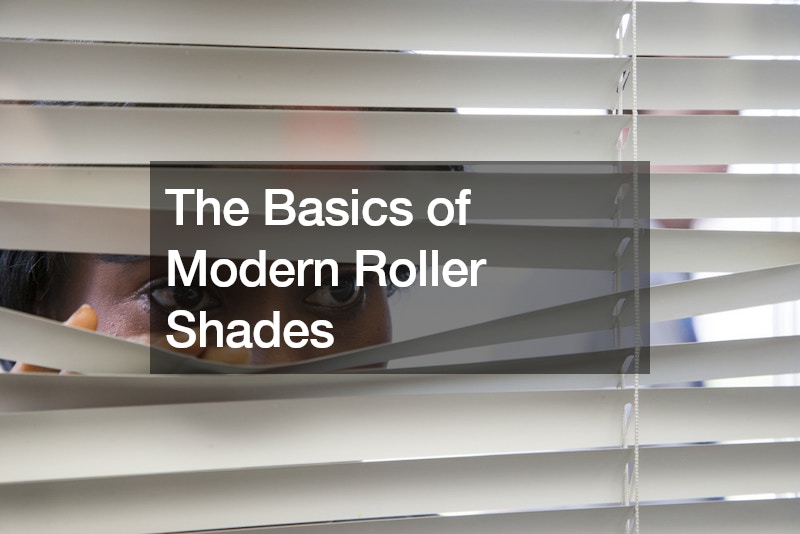When it comes to enhancing the aesthetics and value of your home, few choices have the enduring appeal and timeless elegance of a hardwood floor. The selection of the right type and species of wood for your floors can significantly impact the overall look, feel, and durability of your space. In this article, we’ll delve into some of the best types and species of wood for flooring, exploring their characteristics, advantages, and considerations.
Types of Hardwood Flooring: Solid vs. Engineered
One of the primary decisions you’ll face when choosing hardwood flooring is whether to opt for solid hardwood or engineered hardwood. Solid hardwood offers a classic, authentic look and feel. It can be sanded down and refinished multiple times, making it an excellent long-term investment.
Engineered hardwood has multiple layers of wood veneer, with a top layer of hardwood. This construction provides enhanced stability, making it less prone to expansion and contraction due to changes in humidity. Engineered hardwood is often preferred for areas with fluctuating humidity levels, such as basements or kitchens.
Species of Wood: Choosing the Right Hardwood
Once you’ve decided on the type of hardwood flooring, the next step is selecting the species of wood that best suits your preferences and lifestyle. Each species has its own unique characteristics in terms of color, grain pattern, hardness, and durability. Here are some popular species to consider:
Oak: Oak is one of the most common and versatile choices for hardwood flooring. It comes in two main varieties: red oak and white oak. Red oak has a warm, reddish tone with prominent grain patterns, while white oak features a cooler, more neutral hue with tighter grain patterns. Both varieties are durable and readily available, making them suitable for a wide range of interior styles.
Maple: Maple hardwood flooring is prized for its smooth, uniform appearance and subtle grain patterns. It has a light, creamy color that adds brightness to any room. Maple is exceptionally hard and resistant to wear and tear, making it an excellent choice for high-traffic areas like hallways and living rooms.
Walnut: Walnut flooring exudes luxury and sophistication with its rich, dark tones and striking grain patterns. It offers a dramatic contrast to lighter-colored furnishings and decor, creating a bold statement in modern and traditional settings alike. While walnut is not as hard as oak or maple, its beauty and elegance make it a popular choice for formal living spaces and bedrooms.
Cherry: Cherry hardwood flooring boasts a warm, reddish-brown hue that deepens over time, adding character and charm to any room. It has a smooth, even grain pattern with occasional mineral streaks, lending a sense of refinement and elegance. Cherry wood is relatively soft compared to other hardwood species, so it may show signs of wear more quickly in high-traffic areas.
Hickory
Hickory is known for its rustic, rugged appearance and distinctive grain patterns. It features a range of natural colors, from light tan to deep brown, with pronounced knots and mineral streaks that add character and visual interest. Hickory hardwood flooring is exceptionally durable and resistant to scratches and dents, making it ideal for busy households and commercial spaces.
Considerations for Hardwood Flooring
When selecting hardwood flooring for your home, it’s essential to consider factors such as lifestyle, maintenance requirements, and budget. High-traffic areas may benefit from harder wood species like oak or hickory, while softer woods like cherry or walnut may be better suited for low-traffic areas like bedrooms or studies.
Additionally, think about the desired aesthetic and style of your space. Lighter woods such as oak or maple can create an open and airy atmosphere in any room, while darker woods like walnut or cherry lend a sense of warmth and coziness.
Finally, factor in the installation method and maintenance preferences. While solid hardwood can be sanded and refinished multiple times, engineered hardwood offers greater stability and moisture resistance. Pre-finished hardwood flooring comes with a factory-applied finish, reducing installation time and mess, while unfinished hardwood allows for custom staining and finishing on-site.
In conclusion, hardwood flooring remains a timeless and elegant choice for homeowners seeking to elevate their interior spaces. By carefully selecting the type and species of wood that best aligns with your preferences and lifestyle, you can create a beautiful and enduring foundation for your home. Whether you opt for the classic charm of oak, the modern sophistication of walnut, or the rustic appeal of hickory, hardwood flooring is sure to enhance the beauty and value of any space for years to come.
.




